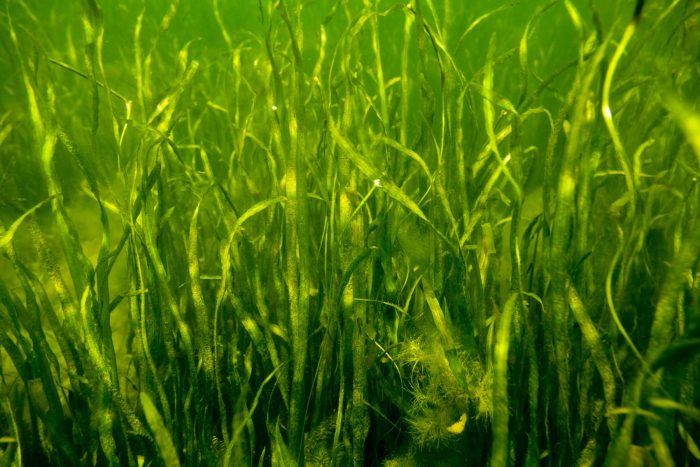Wild Celery
Vallisneria americana
Wild celery is an underwater grass with long, ribbon-like leaves that have a light green stripe running down the center. It grows in fresh and slightly brackish waters throughout the Chesapeake Bay watershed.

